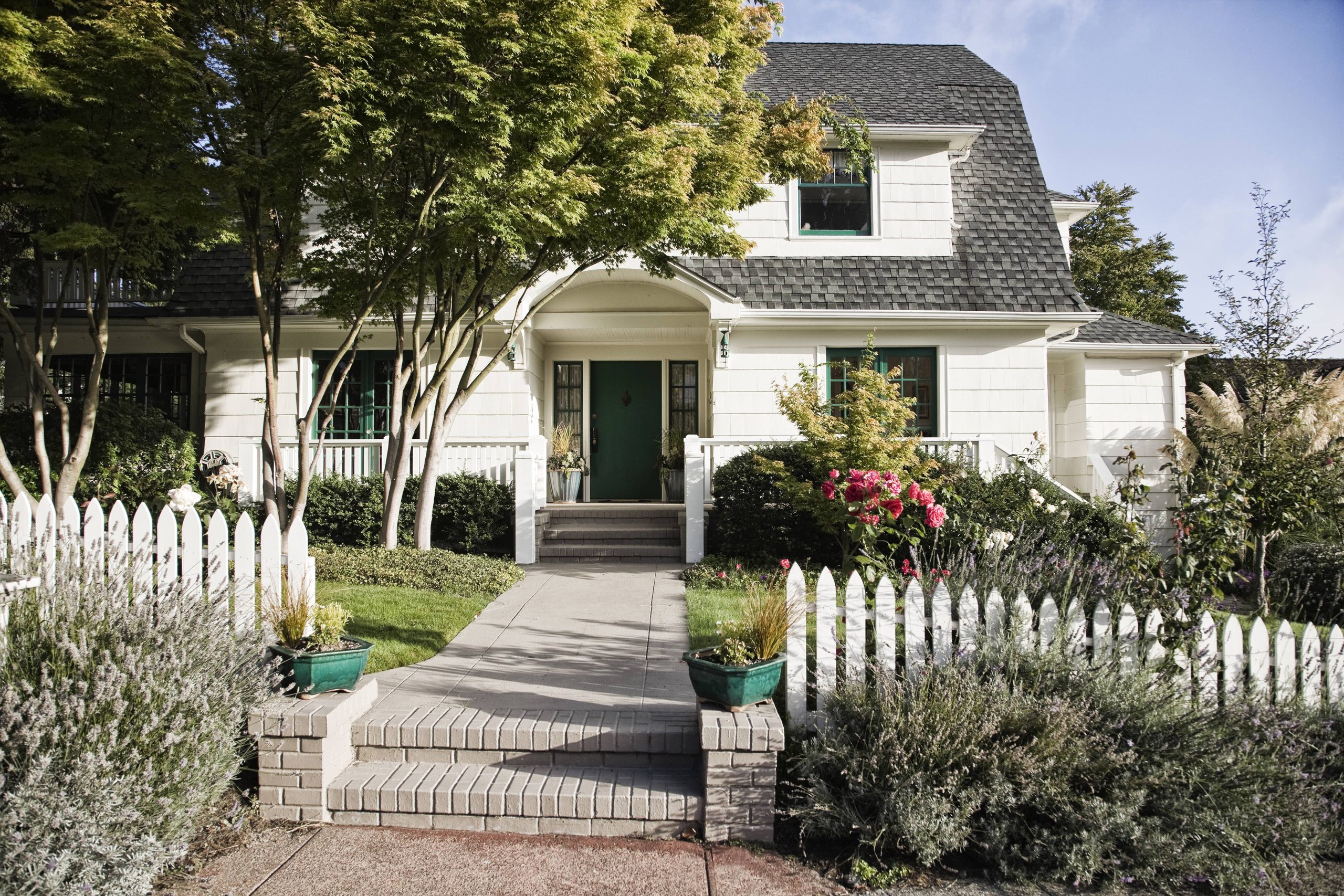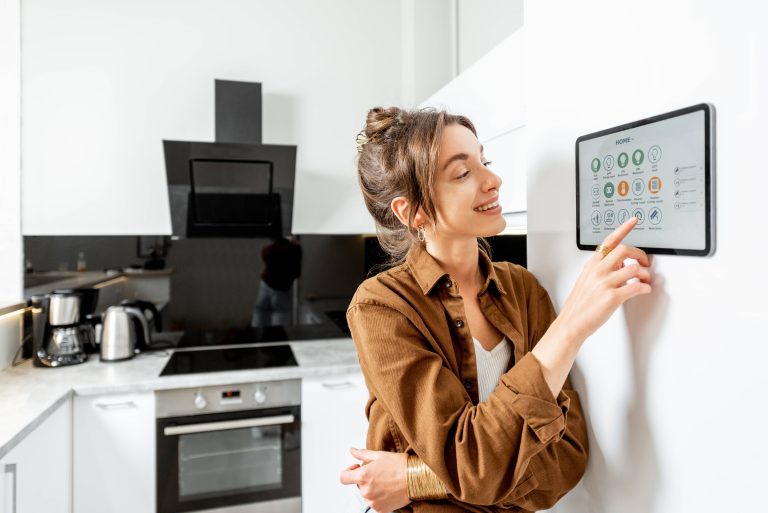
In today’s era where technology continues to advance at an exponential rate, smart home devices have become prevalent in households across the globe. Among these devices, smart home cameras play a crucial role in home security by providing surveillance and deterring intruders. However, the visible presence of these cameras can also serve as a double-edged sword. While they are meant to enhance security, their visibility could make them targets for tampering or avoidance by burglars.
Concealing your smart home cameras can offer an additional layer of security by ensuring that they are not easily noticed, thereby reducing the risk of tampering. In this blog post, we will explore various strategies to conceal your smart home cameras while maintaining optimal security. By the end, you’ll be equipped with practical tips to enhance the stealth and effectiveness of your home surveillance system.
1. Choose Appropriate Camera Models
Before diving into the specifics of concealing your cameras, it’s essential to choose the right types. Opt for cameras that are designed for discretion. There are numerous compact models and those designed to look like everyday objects such as light bulbs, clocks, or smoke detectors, making them ideal for covert surveillance. Additionally, consider wireless cameras to avoid the hassle of hiding cables, which can easily give away the camera’s location.
2. Utilize Natural Concealment
One of the best and most straightforward methods of concealing cameras is to utilize the natural environment of your home. Placing cameras within foliage such as indoor plants or shrubs can effectively hide them from plain sight while still offering a clear view of the area being monitored. Ensure that the plant does not obstruct the camera lens.
Furthermore, placing cameras inside home décor items like bookshelves, picture frames, or behind decorative objects can also render them invisible to untrained eyes. Everyday objects provide perfect hiding spots without raising suspicion.
3. Integrate Cameras with Common Household Items
Another effective way to conceal smart home cameras is by integrating them with common household items. Many modern cameras come with disguises that make them look like alarm clocks, photo frames, or even air fresheners. These covert devices are not only functional but also blend seamlessly with the home environment. By ensuring that these items are placed strategically in high-traffic areas, you can monitor activities without drawing attention to the surveillance setup.
4. Utilize Outdoor Fixtures
For outdoor surveillance, integrating cameras into garden fixtures or architectural elements can be highly effective. Concealing cameras within birdhouses, porch lights, or even custom-built fixtures like fake rocks or outdoor sculptures can make it near impossible for intruders to detect them. Ensure that the camera lens has a clear line of sight for optimal coverage and minimal obstruction.
5. Camouflage with Paint and Obstructive Elements
Using camouflage techniques such as painting the cameras to match the home’s exterior or interior can help blend them into the surroundings. Additionally, strategically placing cameras among other obstructive elements like heating vents, curtain rods, or under roof eaves can make them less noticeable.
6. Leverage Technological Advancements
With advancements in technology, there are options available to further conceal the presence of your cameras. For instance, some smart home systems offer lenses that can be hidden behind one-way mirrors, allowing the camera to capture footage without being visible. Others come equipped with slim profiles and magnetic mounts, allowing them to be easily hidden in tight spaces.
7. Utilize Dummy Cameras to Divert Attention
While the primary goal is to conceal your operative cameras, using dummy cameras can divert attention away from the actual surveillance devices. Place dummy cameras in visible locations to act as a deterrent, while your concealed cameras do the heavy lifting. Intruders focusing on avoiding or disabling the dummy cameras will be less likely to notice the hidden, operational ones.
8. Consider AI-Powered Surveillance
Integrated AI technology in smart home cameras can enhance their efficiency and reduce the need for multiple devices. AI-powered cameras can differentiate between humans, pets, and other moving objects, sending alerts only when necessary. These smart features help reduce the number of cameras needed in the house, which in turn makes it easier to conceal the fewer required units.
9. Maintain Camera Functionality While Concealed
While concealing cameras, it is imperative to ensure that their functionality is not compromised. Make sure that the camera lens remains unobstructed, and that its audio and night vision capabilities work efficiently. Regular maintenance checks can help ensure that the devices stay functional over long periods of concealment.
10. Respect Privacy and Legal Considerations
While enhancing security through concealed cameras, it’s crucial to respect the privacy of residents and visitors. Avoid placing cameras in private areas such as bathrooms or bedrooms. Additionally, abide by local laws and regulations regarding surveillance to avoid legal complications.
Conclusion
Concealing smart home cameras is an art that combines strategic planning with innovative thinking. By integrating cameras with everyday household items, utilizing natural and artificial concealments, leveraging modern technology, and maintaining optimal functionality, you can significantly enhance your home’s security. Additionally, a well-thought-out mix of visible dummy cameras and hidden operational cameras can create a multi-layered surveillance system that works effectively against intrusion attempts.
Security should always go hand in hand with privacy and legal considerations. Therefore, while strategically hiding your smart home cameras, ensure you respect privacy and adhere to legal standards. With these tips, your home can achieve a fortified security posture while maintaining the aesthetics and privacy of a comfortable living space.







